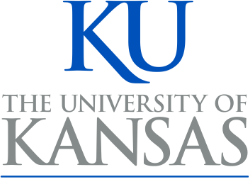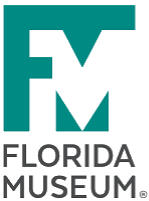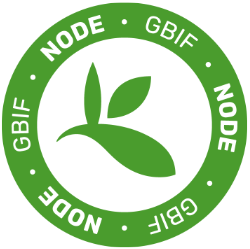Larry Page, Pam Soltis, Bruce MacFadden, and Joanna McCaffrey are collaborating to plan a two-part symposium at the annual meeting of the Society for the Preservation of Natural History collections. The first half of the symposium will describe the iDigBio program, NIBA, and ADBC. The second half of the symposium will feature presentations by invited speakers who use natural history specimens to study topics such as climate change or other complex biodiversity questions. The symposium is co-sponsored with NSCA.
Location: Rapid City, South Dakota, South Dakota School of Mines and Technology
Symposium (Morning session): Introduction to Digitization and Dissemination of Natural History Data: iDigBio, BISON and other initiatives
Morning session length: ½ day
Description: This session is an introduction to iDigBio, the grand challenge it addresses, and the approaches it takes to digitizing natural history collections. Additionally, it will describe the relationship between the federal and non-federal efforts to mobilize collections.
Symposium (Afternoon session): Diverse Uses for Natural History Collections
Afternoon session length: ½ day
Description:
This session will provide examples of how specimens and data from natural history collections are being used for research, natural resource management, and education. One goal of the session, in addition to showcasing the use of natural history collections in diverse fields, is to introduce the collections community to the needs of researchers and to evaluate progress made towards understanding and addressing those needs. The session will additionally describe some of the challenges of utilizing collections data from the perspective(s) of data users. Session speakers will present their studies and activities within this context.
Following the presentations, we will invite speakers to a panel discussion on needs and challenges encountered by users when trying to find and use natural history collections specimens and data, as well as sharing of ideas for improving data delivery and use of natural history collections by new and existing users of these data.







